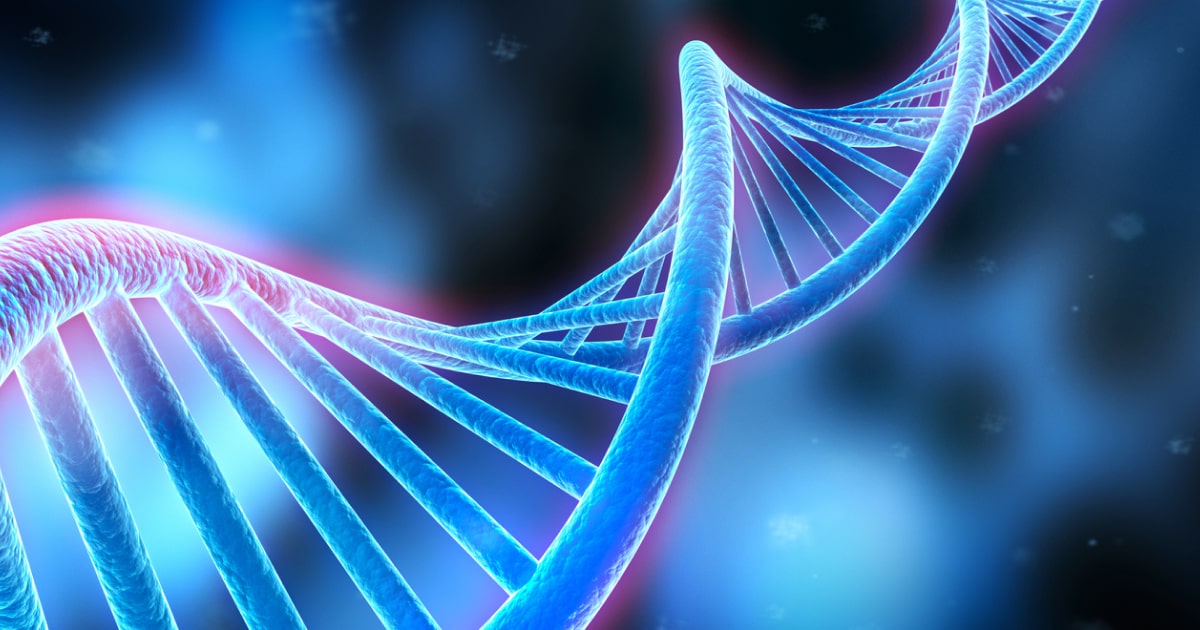
Expert Reviewed By: Dr. Brandon Colby MD
Congenital myopathies are a group of rare genetic disorders that affect muscle function in infants. One such disorder is congenital myopathy with neonatal respiratory insufficiency, a serious condition that can lead to life-threatening complications. In this article, we will explore the causes, symptoms, diagnosis, and the role of genetic testing in managing this disorder.
Understanding Congenital Myopathy with Neonatal Respiratory Insufficiency
Congenital myopathy with neonatal respiratory insufficiency is a rare genetic disorder that affects the muscles responsible for breathing and movement. Infants with this condition often have severe muscle weakness, which can lead to difficulty breathing and feeding. In some cases, the disorder can be life-threatening if not properly managed.
This condition is caused by mutations in the SELENON gene, which provides instructions for making a protein called selenoprotein N. This protein plays a crucial role in the development and function of muscles, and mutations in the SELENON gene can lead to muscle dysfunction and the symptoms associated with congenital myopathy with neonatal respiratory insufficiency.
Diagnosing Congenital Myopathy with Neonatal Respiratory Insufficiency
Diagnosing congenital myopathy with neonatal respiratory insufficiency can be challenging, as the symptoms can be similar to those of other muscle disorders. However, a thorough evaluation of the infant's medical history, physical examination, and laboratory tests can help identify the condition.
Medical History and Physical Examination
A detailed medical history and physical examination can help identify the presence of muscle weakness, respiratory difficulties, and other symptoms associated with congenital myopathy with neonatal respiratory insufficiency. The doctor may also ask about the family history of muscle disorders, as this condition is inherited in an autosomal recessive pattern, meaning both parents must carry a copy of the mutated gene for the child to be affected.
Laboratory Tests
Various laboratory tests can be used to diagnose congenital myopathy with neonatal respiratory insufficiency, including blood tests to measure muscle enzymes, electromyography (EMG) to assess muscle function, and muscle biopsy to examine muscle tissue under a microscope. These tests can help rule out other muscle disorders and confirm the presence of congenital myopathy with neonatal respiratory insufficiency.
The Role of Genetic Testing in Congenital Myopathy with Neonatal Respiratory Insufficiency
Genetic testing plays a crucial role in diagnosing, managing, and understanding congenital myopathy with neonatal respiratory insufficiency. It can be used to confirm the presence of mutations in the SELENON gene, provide information on the severity of the condition, and guide treatment decisions.
Confirming the Diagnosis
Genetic testing can be used to confirm the diagnosis of congenital myopathy with neonatal respiratory insufficiency by identifying mutations in the SELENON gene. This can help ensure that the infant receives appropriate treatment and management for their condition.
Understanding the Severity of the Condition
Genetic testing can also provide information on the severity of congenital myopathy with neonatal respiratory insufficiency. Some mutations in the SELENON gene are associated with a more severe form of the disorder, while others may result in a milder presentation. Understanding the severity of the condition can help guide treatment decisions and provide information on the infant's prognosis.
Guiding Treatment Decisions
By confirming the diagnosis and providing information on the severity of the condition, genetic testing can help guide treatment decisions for infants with congenital myopathy with neonatal respiratory insufficiency. This may include interventions such as respiratory support, nutritional support, and physical therapy to help manage symptoms and improve the infant's quality of life.
Carrier Testing and Prenatal Diagnosis
Genetic testing can also be used to identify carriers of the SELENON gene mutation, which can be helpful for couples who have a family history of congenital myopathy with neonatal respiratory insufficiency or who have had a child with the condition. In some cases, prenatal testing may be available to determine if an unborn baby is affected by the disorder.
In conclusion, understanding, diagnosing, and using genetic testing for congenital myopathy with neonatal respiratory insufficiency is essential for managing this rare and serious disorder. By identifying the presence of SELENON gene mutations and providing information on the severity of the condition, genetic testing can help guide treatment decisions and improve the quality of life for affected infants and their families.
About The Expert Reviewer
Dr. Brandon Colby MD is a US physician specializing in the personalized prevention of disease through the use of genomic technologies. He’s an expert in genetic testing, genetic analysis, and precision medicine. Dr. Colby is also the Founder of and the author of Outsmart Your Genes.
Dr. Colby holds an MD from the Mount Sinai School of Medicine, an MBA from Stanford University’s Graduate School of Business, and a degree in Genetics with Honors from the University of Michigan. He is an Affiliate Specialist of the American College of Medical Genetics and Genomics (ACMG), an Associate of the American College of Preventive Medicine (ACPM), and a member of the National Society of Genetic Counselors (NSGC)